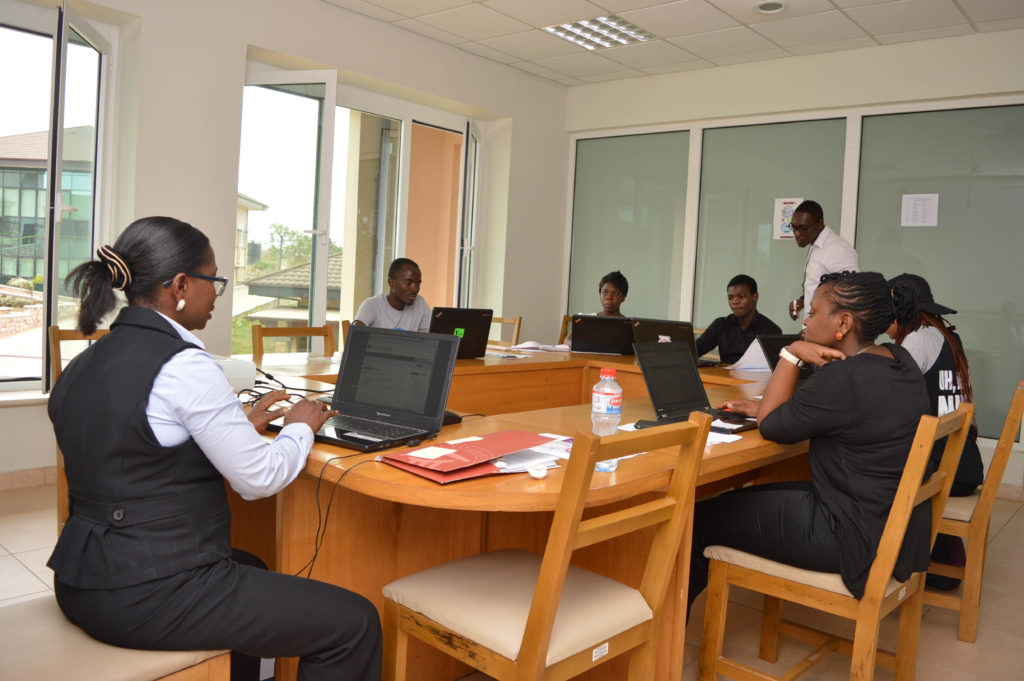Accessing Digital Resources in Ghana
Dinah Baidoo is an assistant librarian at Ashesi University College in Berekuso, Ghana. Dinah is also a member of the “advocacy/marketing of eResources” sub-committee of the Consortium of Academic and Research Libraries in Ghana (CARLIGH). She received an honorable mention for the Research4Life/INASP advocacy competition.

With an increasingly digital mind-set becoming the norm for both classroom practice and personal study throughout the world, the supply, use and support of digital resources have become an essential focus for librarians. Dinah Baidoo, an assistant librarian at Ashesi University College in Berekuso, Ghana, discusses the importance of having access to digital resources in order to deliver content to students and researchers in a form most suited to their diverse and changing needs.
“Having access to digital resources means that students have access to a large amount of information across a range of topics” she remarked, focusing on the value that digital resources can bring to people at “the click of a button”.
However, “the prohibitive cost of subscribing to some electronic resources” is a big barrier that prevents access to some needed electronic resources in the Sciences, Engineering and Mathematics. For the Ashesi library, having access to these electronic resources is a high priority to support teaching, learning and research.
To provide an indication of usage and value, Dinah explored the impact that having access to SAGE Knowledge —an online platform for social science books, reference, and video content that the Ashesi library won access to as part of the 2016 Research4Life/INASP Advocacy Competition— has had on both the library and the students. In a recent survey conducted by the library, 65 out of 197 respondents —or 33%— were said to have accessed the SAGE Knowledge/ebooks which were made available in January 2017.
But although these are positive initial numbers, Dinah is keen to increase the access and use of both this and a much wider range of resources, which she believes are key to research engagement, development and practice. In fact, she told us that recently “three students fed back to the library how their success in achieving a grade A in their term paper was as a result of the digital resources available in the library.”
As Dinah also pointed out, a large part of the success of students’ engagement with digital and their use of the resources, depends on the relationship between the students and the librarians. The role of the librarian has changed dramatically over the years. They are expected to not only source and provide these resources, but to also effectively train faculty, students and staff, and market the resources internally. Training forges a valuable relationship between students and librarians while also demonstrating the pivotal role of the librarian to the larger faculty audiences.
Reflecting on a conversation that she had with a student around the impact of having access to digital research resources, she heard both how “useful the digital resources are” but also that the value was not “realized until his senior year, when he started work on his thesis”. This, Dinah remarks, highlights the tough challenge and responsibility of the librarian community – “it is even more apparent now and crucial [in this digital age] that the library takes urgent steps in supporting students and making them understand the value of these resources, from the outset.”
With the increasing development of digital resources, librarians play a critical role in ensuring that students are not only well equipped to deal with these resources, but also that the resources themselves are the most important and most up to date ones available.
This story is part of the Information in Action case study collection. Read more stories from Research4Life users.





